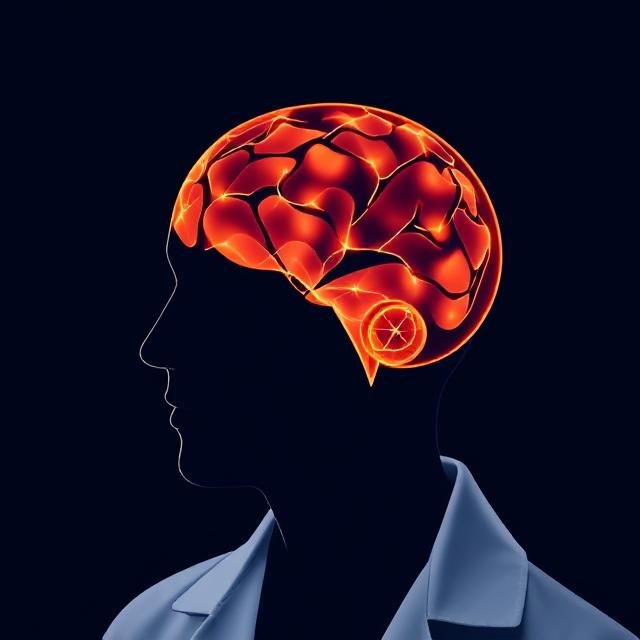Introduction
Millions of people worldwide struggle with eating disorders, which can affect anyone regardless of age, gender, ethnicity, or body size. Recognizing the signs early is crucial, as early intervention significantly improves outcomes.
What Are Eating Disorders?
Eating disorders are complex mental health conditions characterized by:
- Disturbed eating behaviors
- Excessive concern about weight or shape
- Emotional distress related to food and body image
They’re not simply about food—they reflect deep psychological struggles, often linked to low self-esteem, anxiety, trauma, or perfectionism (APA, 2022).
Types of Eating Disorders
Anorexia Nervosa
Characterized by:
- Restricting food intake leading to low body weight
- Intense fear of gaining weight
- Distorted body image
People with anorexia may see themselves as overweight even when dangerously thin.
Bulimia Nervosa
Involves:
- Recurrent binge eating episodes
- Compensatory behaviors like vomiting, laxative use, or excessive exercise
- Feeling out of control during binges
Unlike anorexia, individuals may maintain a normal weight or be slightly overweight.
Binge Eating Disorder
Key features:
- Recurrent episodes of consuming large amounts of food
- Lack of control during binges
- No regular purging behaviors
- Feelings of guilt, shame, or distress afterward
Binge eating disorder is the most common eating disorder in the United States.
Other Specified Feeding or Eating Disorder (OSFED)
OSFED includes symptoms that don’t meet full criteria for other disorders but still cause significant distress or impairment. Examples:
- Atypical anorexia (weight not below normal despite significant restriction)
- Bulimia with less frequent episodes
Avoidant/Restrictive Food Intake Disorder (ARFID)
Unlike other disorders, ARFID:
- Involves limited food intake due to sensory issues, fear of choking, or lack of interest in eating
- Is not related to body image concerns
It can lead to nutritional deficiencies and weight loss, especially in children and teens.
Causes and Risk Factors
Eating disorders have no single cause. Risk factors include:
- Genetics and family history
- Personality traits (e.g., perfectionism, obsessionality)
- History of trauma or abuse
- Cultural and societal pressures toward thinness
- Chronic dieting or body dissatisfaction
- Biological factors like brain chemistry abnormalities
Both biological predispositions and environmental triggers play significant roles (Strother et al., 2012).
Signs and Symptoms
Early signs can be subtle but often include:
- Preoccupation with food, calories, or body weight
- Skipping meals or extreme dieting
- Excessive exercise
- Social withdrawal
- Secretive eating habits
- Physical symptoms like fatigue, hair loss, or digestive issues
Health Consequences
Eating disorders can damage nearly every body system:
- Heart problems (arrhythmias, heart failure)
- Electrolyte imbalances
- Bone density loss (osteopenia, osteoporosis)
- Gastrointestinal complications
- Fertility issues
- Mental health issues (anxiety, depression, suicide risk)
Eating disorders have one of the highest mortality rates of any psychiatric illness (Arcelus et al., 2011).
Diagnosis of Eating Disorders
Diagnosis is based on:
- Detailed clinical interview
- Physical examination
- Lab tests for nutritional deficiencies
- Psychological assessments
Early diagnosis is key to prevent severe medical complications.
Treatment for Eating Disorders
Psychotherapy
Evidence-based therapies include:
- Cognitive Behavioral Therapy (CBT): Helps identify and change disordered thinking patterns.
- Family-Based Therapy (FBT): Especially effective for adolescents with anorexia.
- Dialectical Behavior Therapy (DBT): Useful for managing intense emotions.
Nutritional Counseling
Registered dietitians help:
- Establish healthy eating patterns
- Address nutritional deficiencies
- Support weight restoration if needed
Medical Monitoring
Essential to:
- Track vital signs
- Correct electrolyte imbalances
- Prevent life-threatening complications
Hospitalization may be required in severe cases.
Medications
There’s no single “cure” medication, but:
- SSRIs may help treat co-occurring anxiety or depression.
- Lisdexamfetamine (Vyvanse) is approved for moderate-to-severe binge eating disorder.
Living with and Recovering from an Eating Disorder
Recovery is possible with:
- Early intervention
- Ongoing therapy
- Supportive relationships
- Building a healthier relationship with food and body image
Relapse prevention strategies, self-care, and support groups are crucial for long-term wellness.













